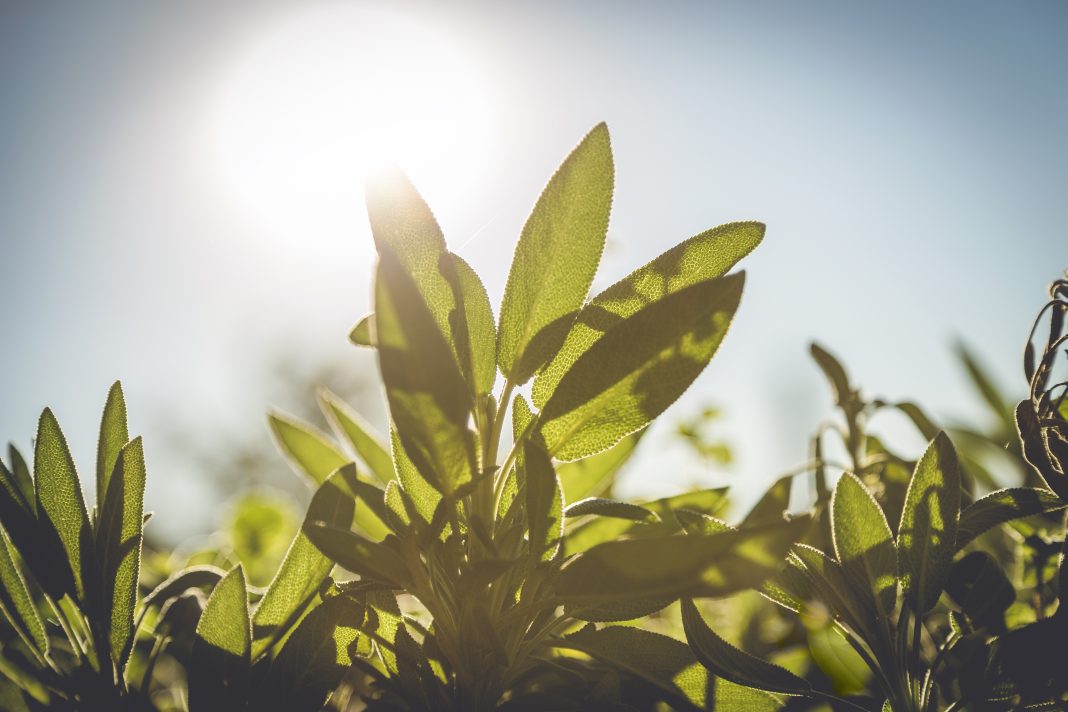Researchers at Cornell University say they have made a significant advance in improving photosynthesis in certain crops, a step toward adapting plants to rapid climate changes and increasing yields to feed a projected nine billion people by 2050.
Their study, “Improving the Efficiency of Rubisco by Resurrecting its Ancestors in the Family Solanaceae,” appears in Science Advances.
The team developed a computational technique to predict favorable gene sequences that make Rubisco, a key plant enzyme for photosynthesis. The method allowed the scientists to identify promising candidate enzymes that could be engineered into modern crops and, ultimately, make photosynthesis more efficient and increase crop yields.
Their method relied on evolutionary history, where the researchers predicted Rubisco genes from 20–30 million years ago, when Earth’s carbon dioxide (CO2) levels were higher than they are today, and the Rubisco enzymes in plants were adapted to those levels. By resurrecting ancient Rubisco, early results show promise for developing faster, more efficient Rubisco enzymes to incorporate into crops and help them adapt to hot, dry future conditions, as human activities are increasing heat-trapping CO2 gas concentrations in Earth’s atmosphere.
The study describes predictions of 98 Rubisco enzymes at key moments in the evolutionary history of plants in the Solanaceae family, which include tomato, pepper, potato, eggplant, and tobacco. Researchers used tobacco as the experimental model for their studies of Rubisco.

“Plants and photosynthetic organisms have a remarkably inefficient enzyme named Rubisco that fixes atmospheric CO2 into organic compounds. Understanding how Rubisco has evolved in response to past climate change is important for attempts to adjust plants to future conditions,” the investigators wrote.
“In this study, we developed a computational workflow to assemble de novo both large and small subunits of Rubisco enzymes from transcriptomics data. Next, we predicted sequences for ancestral Rubiscos of the (nightshade) family Solanaceae and characterized their kinetics after coexpressing them in Escherichia coli. Predicted ancestors of C3 Rubiscos were identified that have superior kinetics and excellent potential to help plants adapt to anthropogenic climate change.
“Our findings also advance understanding of the evolution of Rubisco’s catalytic traits. We were able to identify predicted ancestral enzymes that do have superior qualities compared to current-day enzymes,” said Maureen Hanson, PhD, senior author and the Liberty Hyde Bailey professor of plant molecular biology in the college of agriculture and life sciences. First author Myat Lin, PhD, a postdoctoral research associate in Hanson’s lab, developed the new technique for identifying predicted ancient Rubisco enzymes.
Lin reconstructed a phylogeny of Rubisco, using Solanaceae plants. “By getting a lot of [genetic] sequences of Rubisco in existing plants, a phylogenetic tree could be constructed to figure out which Rubiscos likely existed 20 to 30 million years ago,” Hanson explained.
The advantage of identifying potential ancient Rubisco sequences is that carbon dioxide levels were possibly as high as 500 to 800 parts per million (ppm) in the atmosphere 25 million to 50 million years ago. Today, heat-trapping CO2 levels are rising sharply due to many human activities, with current measurements at around 420 ppm, after staying relatively constant under 300 ppm for hundreds of millennia until the 1950s.
The team found that ancient Rubisco enzymes predicted from modern-day Solanaceae plants showed real promise for being more efficient.
“For the next step, we want to replace the genes for the existing Rubisco enzyme in tobacco with these ancestral sequences using CRISPR [gene-editing] technology, and then measure how it affects the production of biomass,” continued Hanson. “We certainly hope that our experiments will show that by adapting Rubisco to present-day conditions, we will have plants that will give greater yields.”
If their method proves successful, these efficient Rubisco sequences could be transferred into crops such as tomatoes, as well as those from other plant families, such as soybeans and rice.


